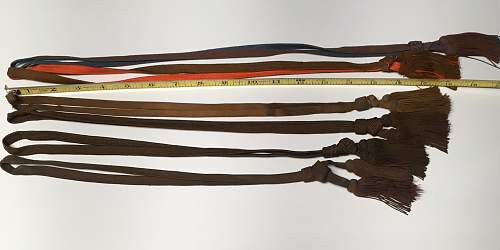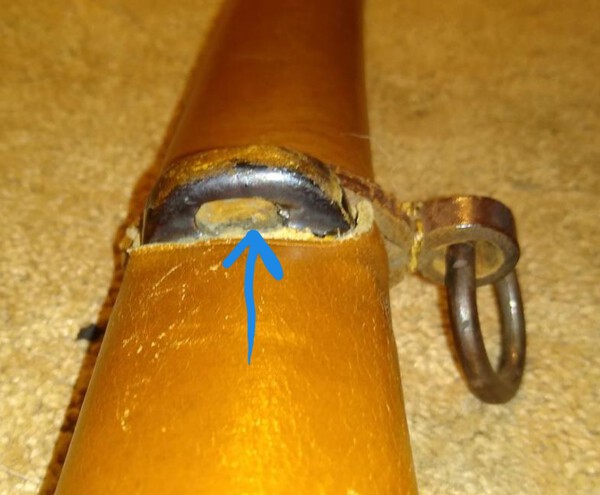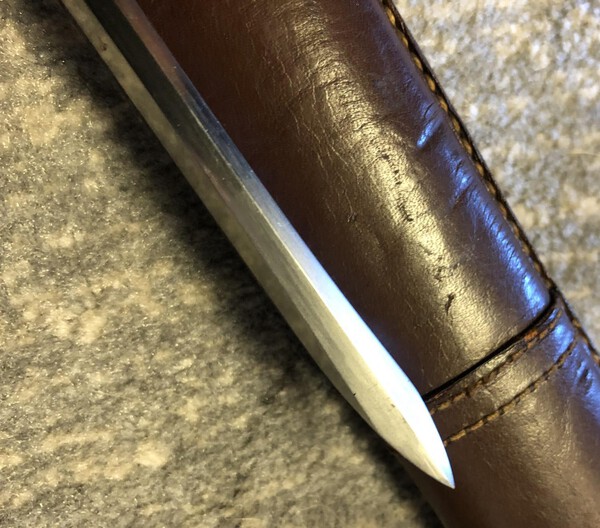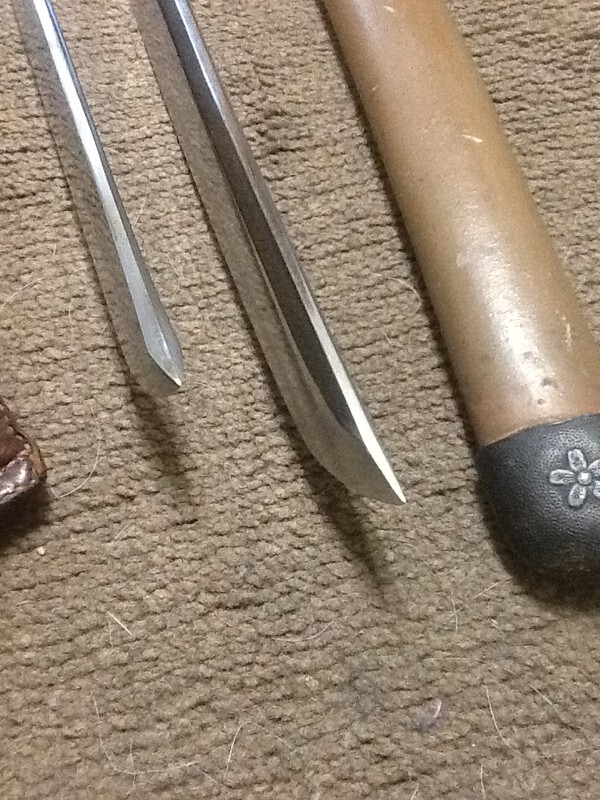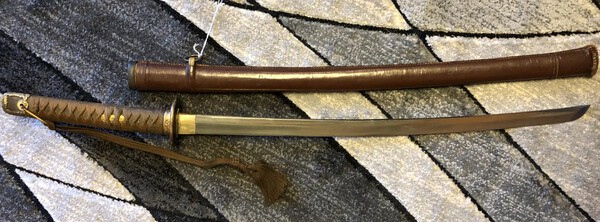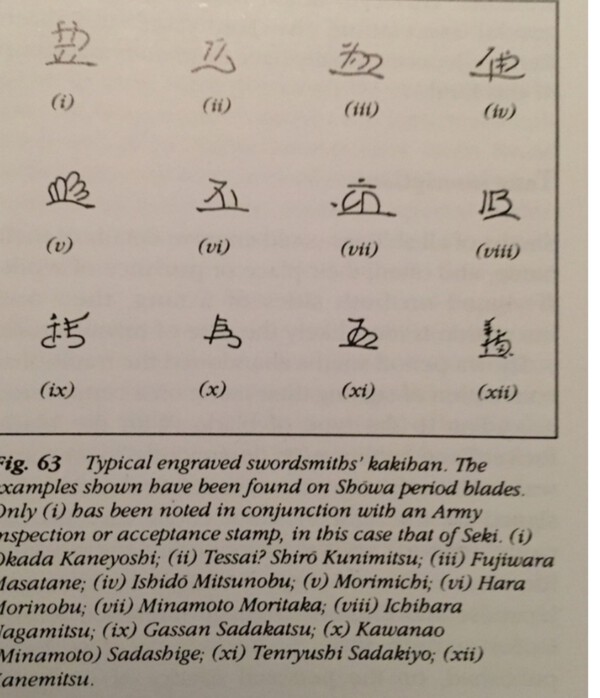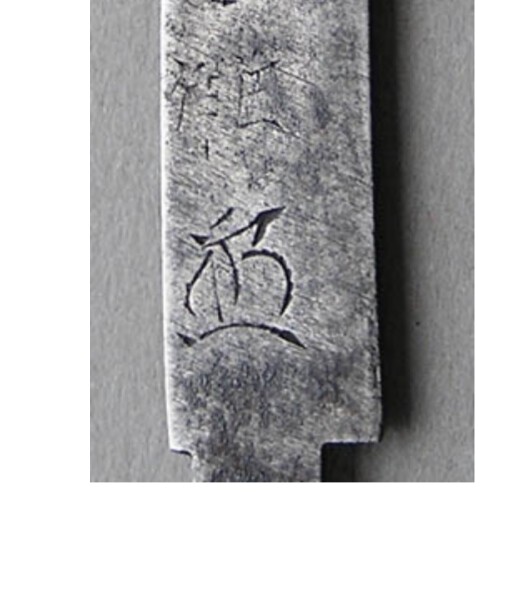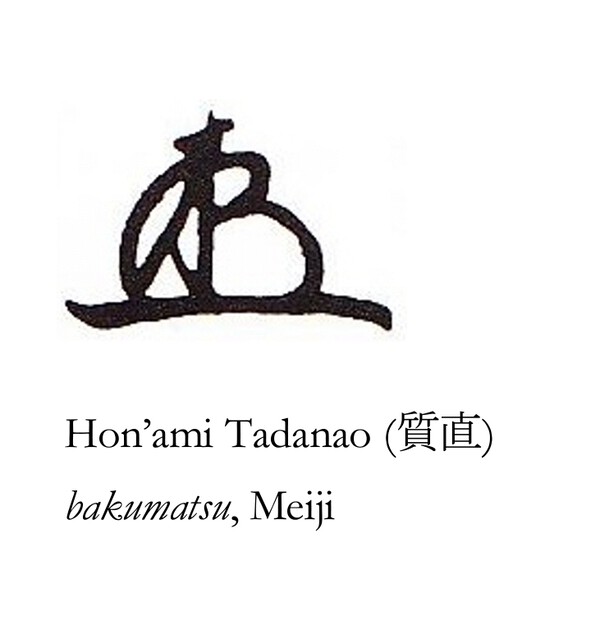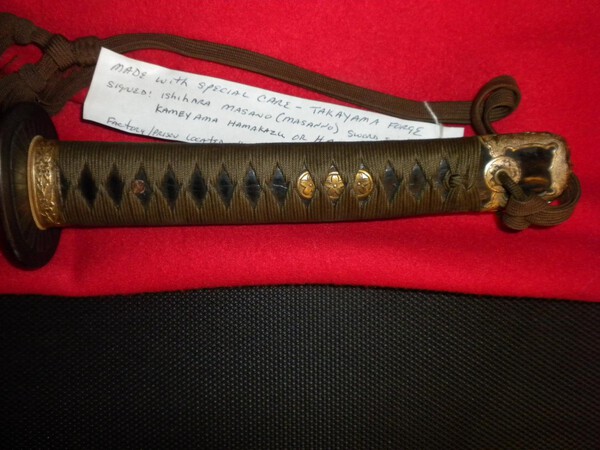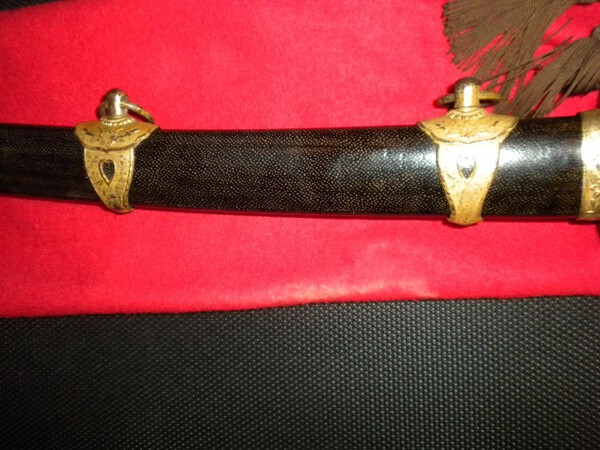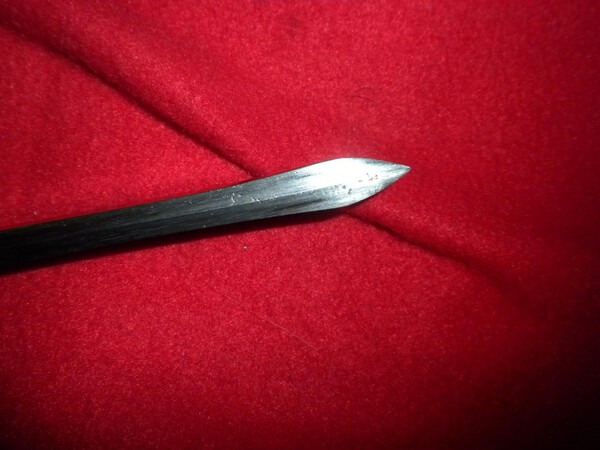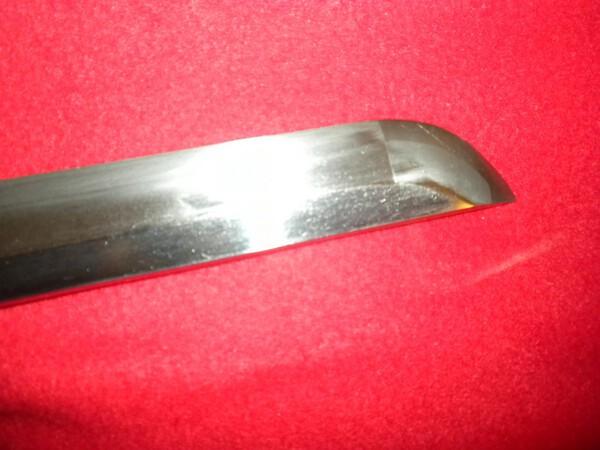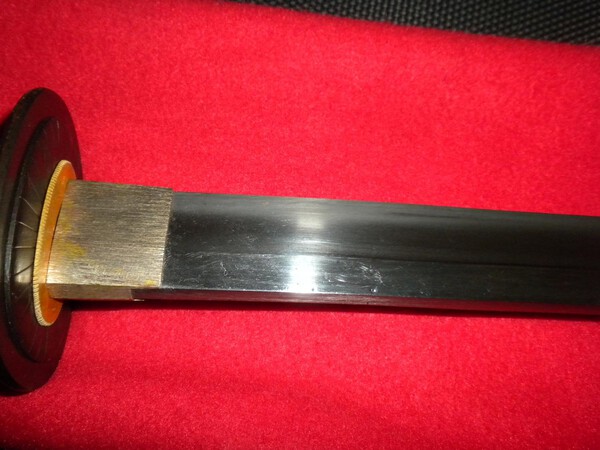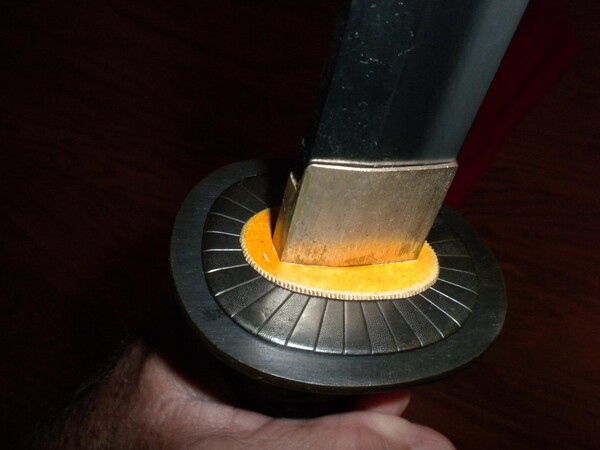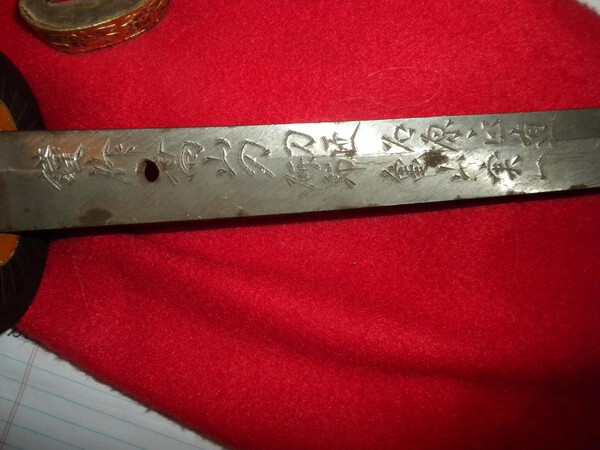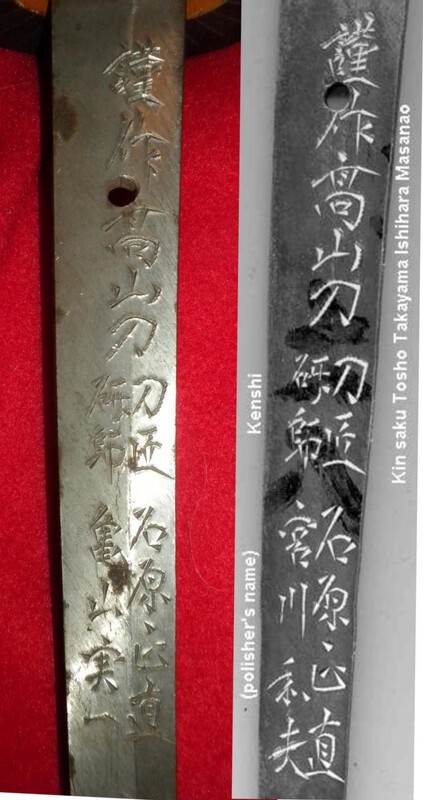-
Posts
13,024 -
Joined
-
Last visited
-
Days Won
155
Content Type
Profiles
Forums
Events
Store
Downloads
Gallery
Everything posted by Bruce Pennington
-
Thanks Randall! I realize many other forum groups don't require names, but we spend a lot of time with each other here, and it's nice to really know folks all around the world. Real friendships develop. There is a way to keep your avatar name, and simply place a real name at the bottom of the page like Geraint, above. Thanks for the clear picture. I guess it was just shadowing in the first picture at the top. There's no stamp.
-
And in either case, tanker or pilot, it demonstrates our point - they carried full-length gunto.
-
I actually posted the same pics on the thread Marc posted above, but here it is: http://www.militaria.co.za/nmb/topic/25975-breaking-news-on-the-all-brown-army-gunto-tassel/#:~:text=Anyone%20have%20contact%20info%20for,gunto%20seem%20to%20confirm%20this The regulation was cited by Nick Komiya on Warrelics, here: http://www.warrelics.eu/forum/Japanese-militaria/what-were-regulations-army-civilian-employees-carry-swords-701783-6/
-
Is "Fet" your name? If not, please go to your settings and put in a first name. We really like to talk to real people at NMB, thanks! That's a great kyu you've got there. Could we get a clear picture of the full nakago? Is that a hot-stamp at the end?
-
Raphael, I'm not a tassel expert, but from what I see, it looks legit. While Nick's uncovered regulation states length requirements, I've found that the numerous fitting manunfacturers varied in many areas of war products. Here's a picture I posted on page 6 of that thread:
-

What In The Cornbread Hell Is This?
Bruce Pennington replied to jt nesbitt's topic in Military Swords of Japan
I have seen several WWII gunto with similar punch marks, but have never come across an explanation. -
Try it out Stephen! See how it looks with one of your blades.
-

Information on Sword my Grandfather brought back from WW2
Bruce Pennington replied to Andrew G's topic in Nihonto
I just saw one that had both the creation date, and the cutting date which was about 30 years after. -

Show Us Your High Class Gunto
Bruce Pennington replied to lonely panet's topic in Military Swords of Japan
That really is a nice blade Bryce! It looks longer than standard. -

Kaō identification on Naoe Shizu wakizashi
Bruce Pennington replied to Keiji's topic in Translation Assistance
-
There are guys that can just look at the snaps and tell if they were WWII era. I don't know if they are here or over on Wehrmacht-awards. I have a leather saya, too, that looks too new. But the fit is good. Your blade, with the Showa stamp, was likely made in the 1940-1941 range. It's possible that both our swords had saya damage along the way and had these leather saya made as replacements, near the end of the war. Agree with Brian, the "tanker" "pilot" terms got started in the early collecting world by guys that didn't know about blade length classsifications. Plus, we are fortunate, today, to have internet access to tons of photos and war documents that weren't available to early collectors.
-

Nlf Gunto Discussion
Bruce Pennington replied to Bruce Pennington's topic in Military Swords of Japan
Thank you Chris, you put that into words that choke me up a bit. Not about my article, but about the fact that these swords don't just represent the end of WWII, but the end of Japanese war swords. The art and craft continue today, but none of them are made for military forces, for war. -
Wow, Chirs! I wouldn't have given the blade a second look, originally! Now, it his it's respect back!
-

Did anyone here win this auction?
Bruce Pennington replied to kolhoznik's topic in Auctions and Online Sales or Sellers
Wasn't me! -

Nice Takayama-to Kai, good price
Bruce Pennington replied to Bruce Pennington's topic in For Sale or Trade
-

Nice Takayama-to Kai, good price
Bruce Pennington replied to Bruce Pennington's topic in For Sale or Trade
It’s a characteristic of the Takayama design. The blades are shorter but heavy, designed to kill with one strike. -

Kaō identification on Naoe Shizu wakizashi
Bruce Pennington replied to Keiji's topic in Translation Assistance
Francesco A great many kao use similar styles, some only different by a stroke or two. I don't think the two you show are the same. Yours is quite a puzzle because the blade is obviously quite old, yet the kao is painted over old rust bumps in the steel. So, the kao was put on much later than the blade was made. That doesn't mean it's not an accurate name. Maybe the person who put it there had provinance, and knew who made the blade. I don't know. It's puzzling. Here are a couple more kao with similar styles to show you what I mean by the fact that this style is used by several different craftsmen. I looked through Sesko's document and the small one I have, but didn't see this one. -
Not my sword, nor do I have any stake in the sale. I don't even know the seller. But it's a tough market right now, and I just thought I'd post this here to get the kai into good hands. It's a Ishihara Masanao, Takayama-to in upgraded kaigunto koshirae - rayskin saya, leather same' On Gunboards forum: https://forums.gunboards.com/showthread.php?1155449-F-S-Double-Signed-Navy-Sword-Price-reduced-1975 Some of the pics:
-
I don't know if this helps, but here is a picture of two blades with double mei. You can see the polisher mei is just his name at the end. If that is the pattern/practice, then it could mean this one is just a name, not "made by."
-
Here's Guy's take on it, over at Warrelics. If he's unsure or confused, then it's anyone's guess! "帝国刃物株式会社石徳調之 Teikoku Ha-mono Kabushikigaisha Ishitoku Shirabe-yuki??? Imperial Sword Co., Ltd. Ishitoku Shirabe I cannot find a smith named 石徳 "Ishitoku" on Google or in Marcus Sesko's book....... Wifie says 調之 is a given name. "That's the way I read 石徳調之", says she. I asked if 調之 could be "prepared this" and she didn't think so; but ... she's not an expert in swords, etc. -- I had to explain to her that 刕 is the same as 州. I think you'll need a 5th opinion. -- Guy Edit: 調 has several pronunciations .... naturally. 之 can also be "yuki" as a given name ... so, what (IF a given name!) are our possibilities? Tsugiyuki? I hate all this guessing .......... I guess. (I need a drink right about now)" I would recommend anyone with great search skills - check for the other double mei. There are some on NMB where the second mei was the polishers mei. If there are similarities with the last 2 kanji, that tells us something. If there are no similarities, then it may indicate this is a name.
-
The second name on the other sword with a shop mei was said by the translation guys to be the polisher's name. Appearantly it is an old, widespread practice, that sometimes the polisher gets to put his mei along with the smith. May explain why you're not finding anything on him.
-
Hey, that's what we're here to do, bring it on! Just depends on what you've got though, I know stamps, and a moderate amount of WWII swords. Anything older than that will have to have the eyes of the Nihonto guys.



